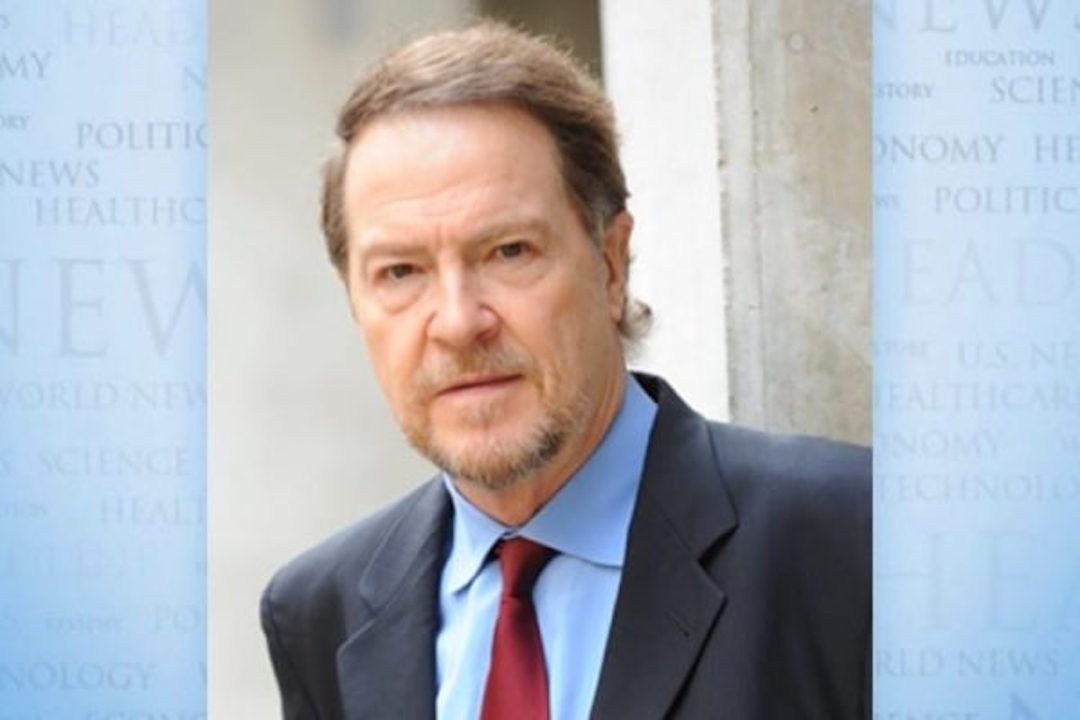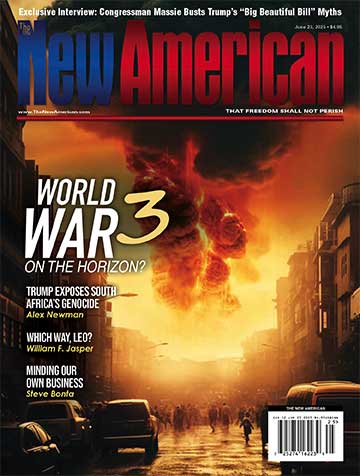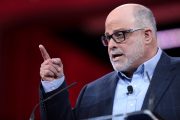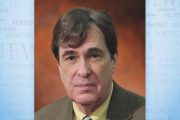
“We are fast approaching the stage of the ultimate inversion: the stage where the government is free to do anything it pleases.” — Ayn Rand
130 executive orders in under 100 days.
Sweeping powers claimed in the name of “security” and “efficiency.”
One president acting as lawmaker, enforcer, and judge.
No debate. No oversight. No limits.
This is how the Constitution dies — not with a coup, but with a pen.
The Unitary Executive Theory is no longer a theory — it’s the architecture of a dictatorship in motion.
Where past presidents have used executive orders, decrees, memorandums, proclamations, national security directives and legislative signing statements to circumvent Congress or sidestep the rule of law, President Trump is using executive orders to advance his “unitary executive theory” of governance, which is a thinly disguised excuse for a government by fiat.
In other words, these executive orders are the mechanism by which we finally arrive at a full-blown dictatorship.
America’s founders established a system of checks and balances to prevent the concentration of power in any single branch. To this end, the Constitution establishes three separate but equal branches of government: the legislative branch, which makes the law; the executive branch, which enforces the law; and the judicial branch, which interprets the law.
And yet, despite this carefully balanced structure, we now find ourselves in a place the founders warned against.
Despite Trump’s attempts to rule by fiat, the president has no unilateral authority to operate outside the Constitution’s system of checks and balances — no matter how urgent the crisis or how well-meaning the intentions.
This is what government by fiat looks like.
Where Congress was once the nation’s lawmaking body, its role is now being eclipsed by a deluge of executive directives — each one issued without public debate, legislative compromise, or judicial review.
These executive orders aren’t mere administrative housekeeping. They represent a radical shift in how power is exercised in America, bypassing democratic institutions in favor of unilateral command. From trade and immigration to surveillance, speech regulation, and policing, the president is claiming broad powers that traditionally reside with the legislative and judicial branches.
Some orders invoke national security to disrupt global markets. Others attempt to override congressional control over tariffs, fast-track weapons exports, or alter long-standing public protections through regulatory rollbacks. A few go even further — flirting with ideological loyalty tests for citizenship, chilling dissent through financial coercion, and expanding surveillance in ways that undermine due process and privacy.
Yet here’s where these actions run into constitutional peril: they redefine executive authority in ways that bypass the checks and balances enshrined in the Constitution. They centralize decision-making in the White House, sideline the legislative process, and reduce the judiciary to an afterthought — if not an outright obstacle.
Each of these directives, taken individually, might seem technocratic or temporary. But taken together, they reveal the architecture of a parallel legal order — one in which the president acts as lawmaker, enforcer, and judge. That is not how a constitutional republic operates. That is how a dictatorship begins.
Each of these orders marks another breach in the constitutional levee, eroding the rule of law and centralizing unchecked authority in the executive.
This is not merely policy by another name — it is the construction of a parallel legal order, where the president acts as lawmaker, enforcer, and judge — the very state of tyranny our founders sought to prevent.
This legal theory — the so-called Unitary Executive — is not new. But under this administration, it has metastasized into something far more dangerous: a doctrine of presidential infallibility.
What began as a constitutional interpretation that the president controls the executive branch has morphed into an ideological justification for unchecked power.
Under this theory, all executive agencies, decisions, and even enforcement priorities bend entirely to the will of the president — obliterating the idea of an independent bureaucracy or impartial governance.
The result? An imperial presidency cloaked in legalism.
Historically, every creeping dictatorship has followed this pattern: first, undermine the legislative process; then, centralize enforcement powers; finally, subjugate the judiciary or render it irrelevant. America is following that roadmap, one executive order at a time.
Yet the real danger of the Unitary Executive Theory is not simply that it concentrates power in the hands of the president — it’s that it does so by ignoring the rest of the Constitution.
This is how tyranny arrives: not with a constitutional amendment, but with a series of executive orders; not with a military coup, but with a legal memo; not with martial law, but with bureaucratic obedience and public indifference.
A government that rules by fiat, outside of constitutional checks and balances, is not a republic. It is a dictatorship in everything but name.
If freedom is to survive this constitutional crisis, We the People must reclaim our role as the ultimate check on government power.
That means holding every branch of government accountable to the rule of law. It means demanding that Congress do its job — not merely as a rubber stamp or partisan enabler, but as a coequal branch with the courage to rein in executive abuses.
It means insisting that the courts serve justice, not politics.
And it means refusing to normalize rule by decree, no matter who sits in the Oval Office.
There is no freedom without limits on power.
There is no Constitution if it can be ignored by those who swear to uphold it.
The presidency was never meant to be a throne. The Constitution was never meant to be optional. And the people were never meant to be silent.
As I make clear in my book Battlefield America: The War on the American People and in its fictional counterpart The Erik Blair Diaries, the time to speak out is now.
As our revolutionary forefathers learned the hard way, once freedom is lost, it is rarely regained without a fight.
About John & Nisha Whitehead:
Constitutional attorney and author John W. Whitehead is founder and president of The Rutherford Institute. His latest books The Erik Blair Diaries and Battlefield America: The War on the American People are available at www.amazon.com. Whitehead can be contacted at [email protected]. Nisha Whitehead is the Executive Director of The Rutherford Institute. Information about The Rutherford Institute is available at www.rutherford.org.




